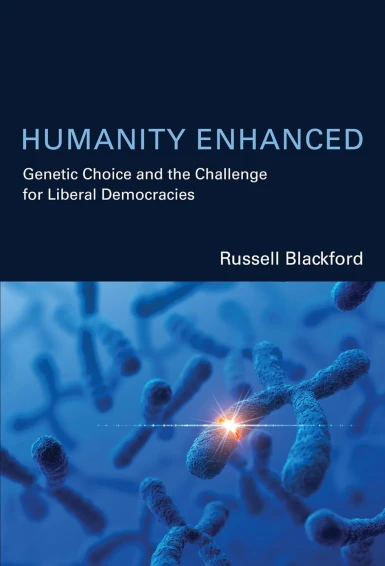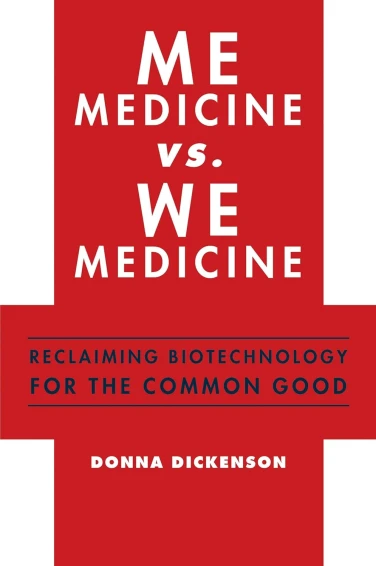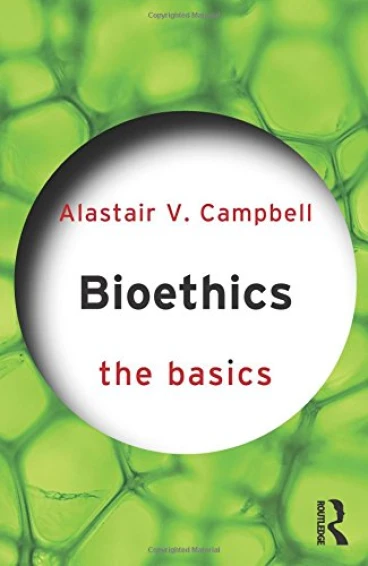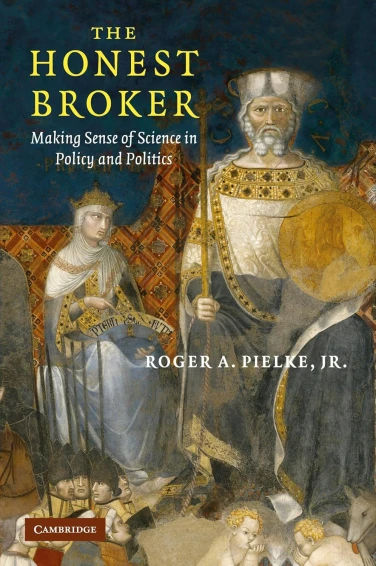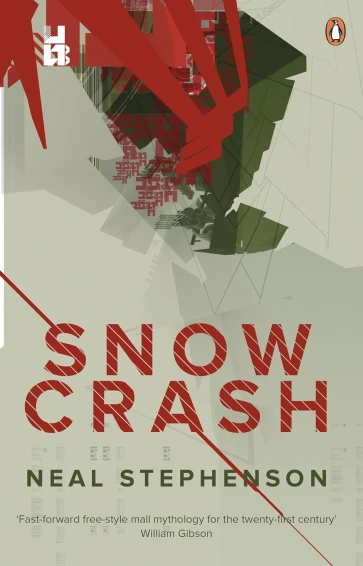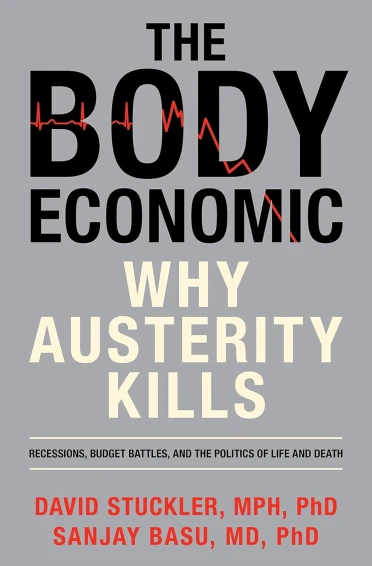
By Alistair Campbell
Routledge Cavendish, 2009
ISBN 9781844720569
RRP: £27.99
Descartes has a lot to answer for according to The Body in Bioethics, the latest volume in the Routledge- Cavendish Biomedical Law and Ethics library series. Its author, Alastair Campbell, Professor Emeritus of Ethics of Medicine at the University of Bristol and a founding editor of the Journal of Medical Ethics, agrees with Gilbert Ryle that the Cartesian dualism of res extensa and res cogitans, body and soul in popular parlance, was indeed Descartes’ disaster.
Descartes’ Disastrous Legacy
Cartesian dualism led to the ‘body as machine’ mentality fuelled by nineteenth century advances in anatomical dissection. Campbell quotes Foucault’s perceptive comment that “The whole dark underside of disease came to light, at the same time illuminating and eliminating itself like night”. In contemporary bioethics the Principlism of Beauchamp and Childress and various forms of utilitarianism represented by Singer and Harris, dominate the field and both these approaches rely on disembodied rationality to resolve moral dilemmas. Even in Kantian deontology however, the rational will is elevated and valued above the distractions of bodily emotion and desires. Campbell argues that this is an inadequate philosophical basis for understanding the significance of the body in bioethics and that we have to enrich our understanding of rationality by either revamping or discarding Descartes’ dualism altogether.
Shildrick has described bioethics as literally out of touch with its dismissal of bodily sensations and emotions as merely the yuk factor and Campbell draws attention to the phenomenological philosophical approaches in which our lived body experiences become the fundamental elements of our human experience and ‘rationality’ is merely an abstraction of that lived bodily experience.
Drew Leder’s ideas of the disappearing and dysappearing body are suggested as reasons why the lived body experience is too easily discarded in bioethics. The body disappears from our conscious awareness in much of our experience of the environment – we do not see our eyes when we peer ahead of us; the body dysappears and even becomes the enemy when it malfunctions and we are in pain or immobilized. The body’s hiddeness and its unwelcome frustrations of our intentions are both postulated as reasons for bypassing the living body in bioethics but although Campbell then goes on to plea for a bioethic which ‘acknowledges the fullness of human nature, both mental and corporeal’ he does not really grapple with how this may be achieved without falling into relativity and subjectivism though he does recognise this as a danger.
Property, commodity or Gift?
How should we then view our body? Campbell considers the idea of the body as property is best understood by a social constructivist approach rather than the Lockean concept of natural rights. Never the less having shown how the body can be seen to fulfil each of Honore’s eleven criteria of ownership as property, this concept when applied ourselves is morally deficient and misleading. We cannot alienate our bodies without either suicide or slavery. Also as social, interdependent beings we are not truly ours alone. We live in total dependency on others and the environment. Though Campbell recognises the distinction between whole and parts of the body, he does not make clear how the legal distinction of property rights might apply to parts and not the whole except when tissues are transformed by scientific manipulation when such technology generates those property rights as established by the classic case of Moore v. Regents of the University of California. In this case John Moore, a leukaemia patient though told that samples taken from him were essential for his treatment discovered seven years later these samples had in fact been used to create a commercially lucrative cell line named “Mo”. Though the Court ruled that Moore’s doctor had failed in his fiduciary duty to him, it also ruled that Mr Moore was not entitled to any share of the profits from the ‘Mo’ cell line. Ownership interest ceases with removal with consent even when that consent is not fully informed.
Commodification, with its three constituent components of alienability, fungibility and commensurability, is considered to be morally wrong for whole living bodies (e.g. in slavery) on the basis of the Kantian dictum that we should always treat moral agents as ends in themselves and never as merely means. With regard to concepts of the commodification of body parts, Campbell aligns himself with Radin’s view that understanding our body parts as monetizable ‘is to do violence to our deepest understanding of what it is to be human’ as opposed to Wilkinson’s view that bodies can be suitable objects for trade and such trade does not intrinsically entail using persons as mere means. Richard Titmuss’s concept of the altruistic gift relationship to strangers is invoked as a useful model in spite of Sykora’s objection that such altruism is in fact always based on reciprocity even when money is not involved.
Body Futures
Campbell is a master of the philosophical double entendre. His chapter on blood and organ donation, entitled ‘Body Futures’, contains the wonderful line that in any such futures market my ‘blood will then become (in a sense literally!) part of my liquid assets. Issues surrounding payment for donating both blood and solid organs are discussed at length and Campbell concludes “There is a two-way street between altruism and social structures”; institutionalising voluntary unpaid donation by providing and enhancing structures to promote it will increase numbers of such donors but policies which actively encourage financial gain for donation will cause altruistic donations to decrease. This chapter is especially relevant to the current debate in the UK surrounding opt out vs. opt in policies on donation.
The use of human tissue including gametes is examined next. Ownership of biological material and ownership of information derived from the material are two different things and with tissue as opposed to organ donation the altruistic and the profiteering are more inextricably linked. This is illustrated by discussion of the global market in human eggs and Donna Dickinson’s critique of it and by discussion of the ethics of the UK Biobank. Just as Dickinson argues for a woman’s right to have the final say over the use of her eggs so Campbell likewise suggests in relation to the UK Biobank that it cannot speak in any meaningful sense of genuine partnership ‘if the donors have no say at all in how the resource is managed in the future.’ He points out the importance of having robust safeguards in place to future political regimes using such databases for social control or profit-making.
Branded Bodies
The next chapter looks at the concept of the ‘branded body’ with its dual meaning of either bearing stigma or a mark of high fashion. Rejection of and alienation from the body by the self are illustrated by a brief consideration of Body Image Identity Disorder – BIID (the desire to have healthy limbs amputated), eating disorders (anorexia nervosa and bulimia) and transsexualism. The latter is curiously the only aspect of sexuality examined in the book in any detail at all – a rather curious feature given the importance that being in gendered bodies plays in most peoples’ lives. Even those like Donna Haraway who cast doubt on the global identity of gender have to acknowledge the profound depth of its historicity.
The rejection of the body by society as a whole is considered via disability rights and plastic surgery to ‘correct’ the faces of those with Down’s syndrome before Campbell deals with the cosmetic surgery industry and the whole question of what is ‘beauty’? Rejecting Jean Baudrillard’s claim that in a post-modern society ‘ all that is meaningful to us are our simulations’, Campbell takes that view that reality is always more important to human beings than mere appearance and suggests that an essential component of beauty is its fragility. He suggests that beauty that binds humanity rather than dividing it is “discovered in the lights and shadows of our life together as changing, vulnerable and mortal beings’.
Life from the Dead
The final topic of the book is the dead – the dishonouring of them and receiving gifts from them. The Alder Hey scandal and Gunther von Hagens’ display of plastinated bodies in his Body Worlds exhibition are both discussed as possible examples of dishonouring human corpses. Campbell show the completely different meanings assigned to post-mortem examinations by pathologists and the lay public pointing out that ‘the physical body of the person loved is fully part of the love the parents feels for the child” and such embodiment does not disappear at the point of death. A mother cuddling her dead child is not denying the child’s death but expressing her own humanity in loving. In assessing the ethics of displaying plastinated bodies, Barilan’s interesting thought experiment is very revealing. He asks us if we would consider plastination to be more or less immoral in a world in which it were possible to produce such accurate models without using real bodies. For Barilan this fact would make it immoral but for von Hagens the fact that the model was once a living being is key to his view that plastination actually honours the body of the donor.
Gifts we can receive from the dead are those of knowledge from anatomical dissection and post mortems, of life from the removal of organs for transplant and of memory in the minds of those who have known the deceased.
A Light in Unexplored Shadows
This book is not an attempt to construct a new kind of ethical theory of embodiment or to offer solutions to the many bioethical dilemmas, such as confirming the diagnosis of brain death, which are touched on. Rather he aims to help the reader be more considered and reflective when thinking about the importance and meaning of our bodies and he shines light on many under-explored areas of philosophy.
The inadequacies of mere consequentialist ethics are repeatedly exposed in dealing with issues of embodiment and John Harris is subjected to considerable personal criticism. Whereas Harris expresses distain for any reverence for bodily remains on the grounds that the body disintegrates after death and returns to the biomass, Campbell’s response is “Of course this is obviously true. But Harris – perhaps wilfully misses the point’! Regarding Harris’ well known advocacy of an ‘opt out’ system for organ donation and automatic state ownership of dead bodies, Campbell witheringly comments “We can see here the rationalist dismissal of emotion at its strongest….the idea that humans are likely ‘to get used to the idea’, that the state takes charge of their dead is in flat contradiction to human responses to the disposal of dead bodies, from the earliest evidence of human communities.”
This is a profoundly stimulating and rich volume, wearing its considerable scholarship lightly and written in an accessible and, at times, very moving style. The final sentence is a much needed warning to all intellectuals, especially to neo-Platonists, that ‘our disregard for the body in favour of the glories of the human mind will surely have its day of reckoning.’
Trevor Stammers is a GP and Lecturer in Healthcare Ethics at the Centre for Bioethics and Emerging Technologies, St Mary’s University College, Twickenham www.smuc.ac.uk




